Invoice finance serves as a strategic financial tool for businesses, offering a means to borrow money against outstanding amounts due from customers. This guide aims to provide a thorough understanding of invoice finance, its benefits, and how it can be a game-changer for businesses navigating cash flow challenges.
I. What is Invoice Finance?
Invoice finance, also known as “accounts receivable financing” or “receivables financing,” empowers businesses to borrow funds based on the amounts due from customers. The primary objectives include improving cash flow, meeting immediate financial obligations, and reinvesting in operations and growth. In return, businesses pay a percentage of the invoice amount to the lender as a fee for the borrowed funds.
Benefits:
- Speedy Access: Receive funds within 48 hours of invoice submission.
- Control: Choose between confidentiality and outsourcing debt collection.
- Flexibility: Utilise funds to purchase materials or fulfil orders promptly.
II. Understanding the Dynamics
A. Credit Transactions:
Businesses often engage in credit transactions with large customers, providing goods or services with deferred payment terms.
Invoices specify the total amount due and the due date, but waiting for payment ties up funds that could be utilised for operational enhancements.
B. Solving Cash Flow Challenges:
Invoice financing serves as a short-term borrowing solution, allowing businesses to leverage unpaid invoices for immediate working capital.
It addresses issues related to delayed customer payments and provides an alternative to traditional business credit.
III. Invoice Finance from the Lender’s Perspective
A. Collateralised Borrowing:
Invoices act as collateral, mitigating risk for lenders compared to unsecured lines of credit.
Lenders limit risk by not advancing the full invoice amount, recognising that the customer might not pay, leading to a potentially challenging collections process.
B. Structuring Invoice Finance:
Two primary structures: factoring and discounting.
Invoice Factoring: The business sells outstanding invoices to a lender, receiving an upfront payment (typically 70% to 85% of the invoice value). The lender collects payment from customers and remits the balance (15% to 30%) to the business, charging fees or interest.
Invoice Discounting: Like factoring, the business collects payments from customers, maintaining confidentiality about the financing arrangement. The lender advances up to 95% of the invoice amount.
A. Eligibility and Criteria
- Minimum Requirements:
- $30,000 annual turnover.
- Invoiced payments within 14 days or more.
- Considerations for Approval:
- Annual turnover.
- B2B customers.
- Invoice terms align with the lender’s criteria.
- Positive customer payment history.
- A recent set of accounts.
III. How Invoice Finance Works
A. Mechanics of Invoice Finance
Security for Funding:
- Unpaid invoices act as collateral.
- Fast access to a percentage of the invoice value.
- Payment is typically within 48 hours.
Control and Confidentiality:
- Retain control of the sales ledger.
- Responsible for chasing customer payments.
- Confidentiality in financing arrangements.
Customer Perception:
- Confidentiality is maintained during the process.
B. Types of Invoice Finance
Invoice Financing:
- Borrow against unpaid invoices.
- Retain control of the sales ledger.
- Responsible for collecting unpaid sums.
Invoice Factoring:
- Sell sales ledger to a third party.
- Third-party collects unpaid sums.
- Confidentiality may be compromised.
- Selective Invoice Finance:
- Choose specific customer accounts for finance.
IV. Advantages and Considerations
A. Pros and Cons
Advantages:
- Cash Flow Improvement: Immediate access to funds tied up in invoices.
- Operational Flexibility: Meet short-term financial needs and pursue expansion plans.
- Confidentiality: Invoice discounting allows businesses to retain customer relationships.
Considerations:
- Costs: Fees and interest associated with invoice financing.
- Default Risks: The possibility of non-payment remains a risk.
V. Common Queries Answered
A. Frequently Asked Questions
Can a small business use invoice finance?
- Yes, if annual turnover exceeds $30,000 and invoices are on 14-day terms or more.
Is invoice finance a loan?
- Yes, it functions as a loan with invoices as security.
Can I use invoice finance with bad credit?
- Likely, as approvals focus on customer financial strength, payment history, and invoice terms.
VI. Specialised Applications
A. Industry-Specific Invoice Finance
Construction:
- Mitigate payment delays.
- Cater to stage-payment contracts.
- Specialised solutions within the Swoop network.
Recruitment:
- Address cash flow gaps.
- Confidential transaction agreements.
- Tailored solutions for the HR sector.
IX: Empowering Business Growth
When employed strategically, invoice finance proves to be an invaluable tool for your business’s rapid cash flow improvement and sustainable growth. It aligns with diverse business models, offering flexibility, confidentiality, and a pathway to overcome cash flow challenges. Evaluate your business needs, weigh the advantages, and choose our team here at Anytime Financial to help find you the best.















